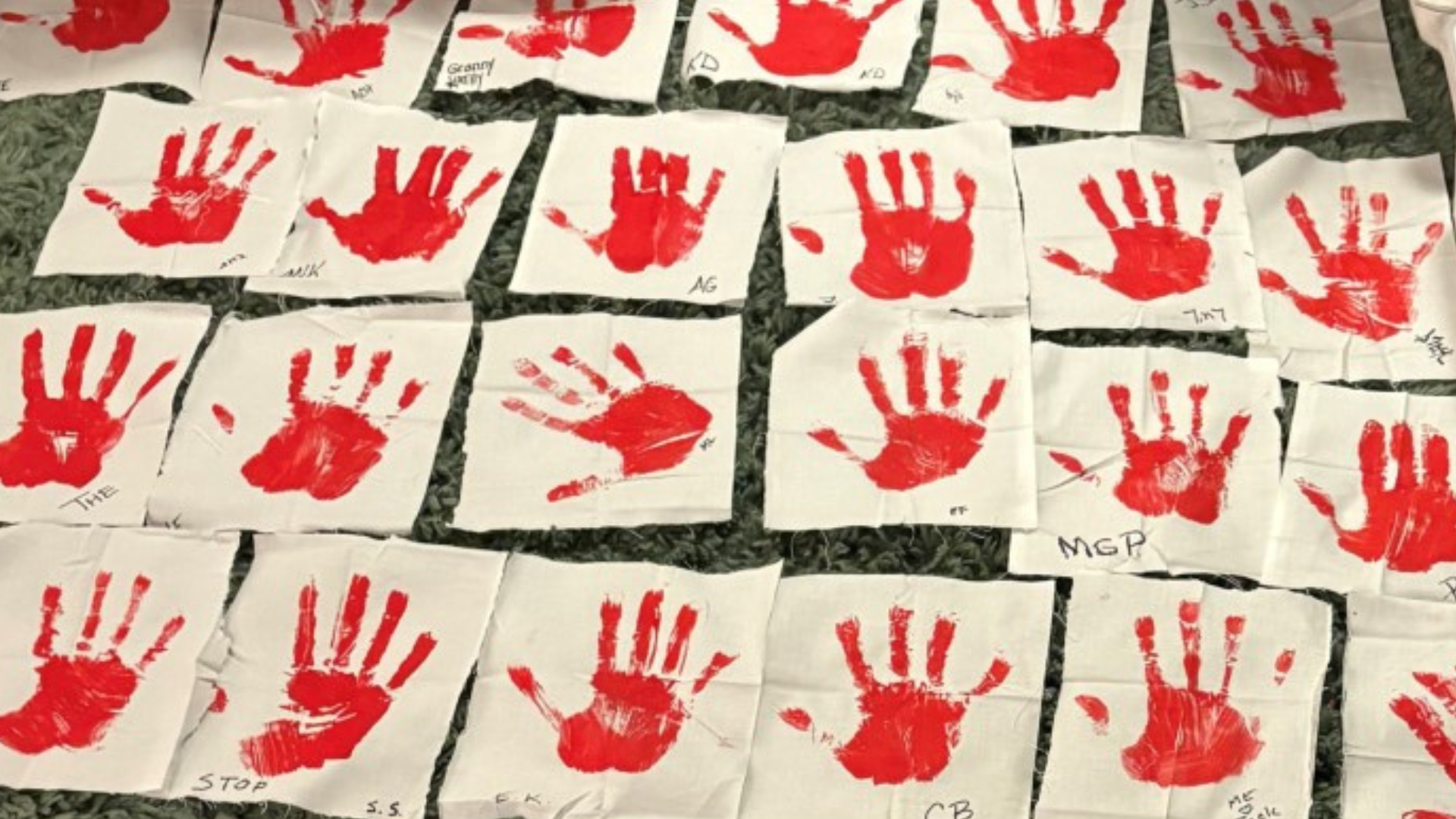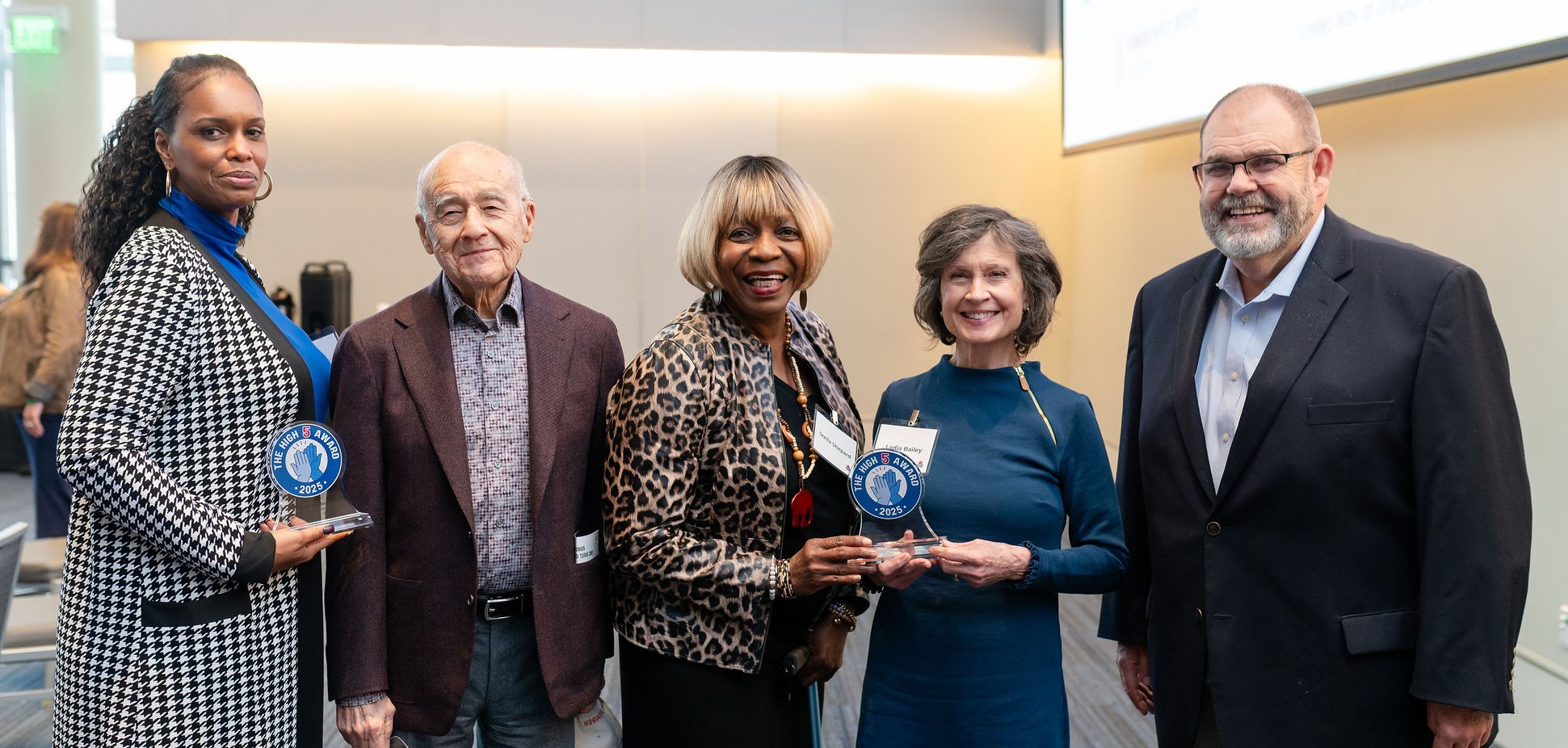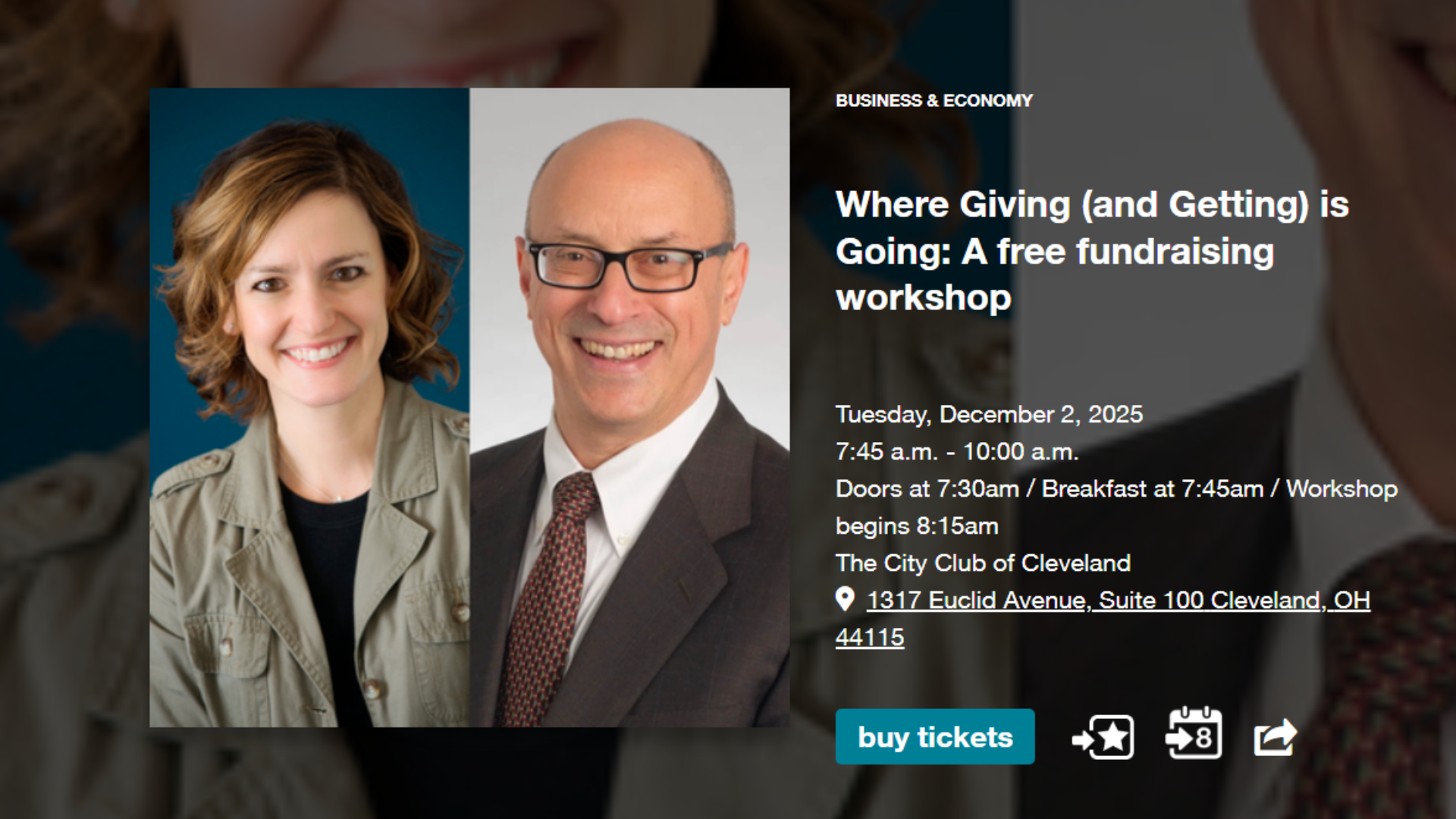Last month, the Office of Management and Budget (OMB), issued a notice that it’s looking at various inflation measures and how those measures influence the Official Poverty Measure (OPM) and other Census Bureau income measures.
What does this mean?
Currently, the OPM is tied to the consumer price index (CPI). The CPI is an inflation measure that looks at “the average change over time in the prices paid by urban consumers for a market basket of consumer goods and services.”[1] Basically the CPI takes a look at the average price change in things like transportation and food.
This change would have the greatest impact on the working poor who have incomes close to the poverty line. Over time, it could provide a disincentive to work, since earning even $1 too much makes people ineligible for some benefits.
Now the OMB has stated that it is seeking public comment on other inflation measures, like the chained-CPI and the Personal Consumption Expenditures Price Index, and whether the Office of Management and Budget should think about tying the OPM to one of these measures. Generally, these other measures increase at a slower rate than the CPI.
Ok, so now you’re asking, why does this matter?
Every year the U.S. Department of Health and Human Services, issues poverty guidelines that outline eligibility levels for the various programs that it administers, including Medicaid, Head Start, energy assistance and other safety net program. The guidelines (you’ve heard these referred to as a percentage of the federal poverty level, 100 percent FPL, 138 percent FPL etc.) are based directly on the poverty thresholds determined by the Census Bureau.
If the measure that determines poverty guidelines is changed to one that grows slower, this will lower the poverty line meaning fewer people will be able to qualify for benefits. This change would have the greatest impact on the working poor who have incomes close to the poverty line. Over time, it could provide a disincentive to work, since earning even $1 too much makes people ineligible for some benefits. And if this proposed change were to go into effect, the people who would lose eligibility for a myriad of safety net programs would do so due to a change in where the poverty line sits, NOT a change in their income. The gap between the current poverty line and lines in future years will continue to widen.[2]
The Center for Community Solutions is preparing comments that will take a look at the potential impact in terms of enrollment in income-eligibility based safety net programs. There are many helpful resources on this topic. Public comments are due by 11:59 p.m. on Friday, June 21. Comments may be submitted online or addressed to: Nancy Potok, Chief Statistician, Office of Management and Budget, fax number (202) 395-7245. Email comments may be sent to Statistical_Directives@omb.eop.gov, with the subject “Directive No. 14."
Additional Resources:
- The Center on Budget and Policy Priorities, Poverty Line Proposal Would Cut Medicaid, Medicare, and Premium Tax Credits, Causing Millions to Lose or See Reduced Benefits Over Time
- Institute for Research on Poverty, University of Wisconsin-Madison, How Is Poverty Measured?
- Institute for Research on Poverty, University of Wisconsin-Madison, What Are Poverty Thresholds And Poverty Guidelines?
- Coalition on Human Needs, FAQ: The Administration’s Proposal to Lower the Federal Poverty Line[1] https://www.bls.gov/cpi/








